Lord Howe Island
New South Wales
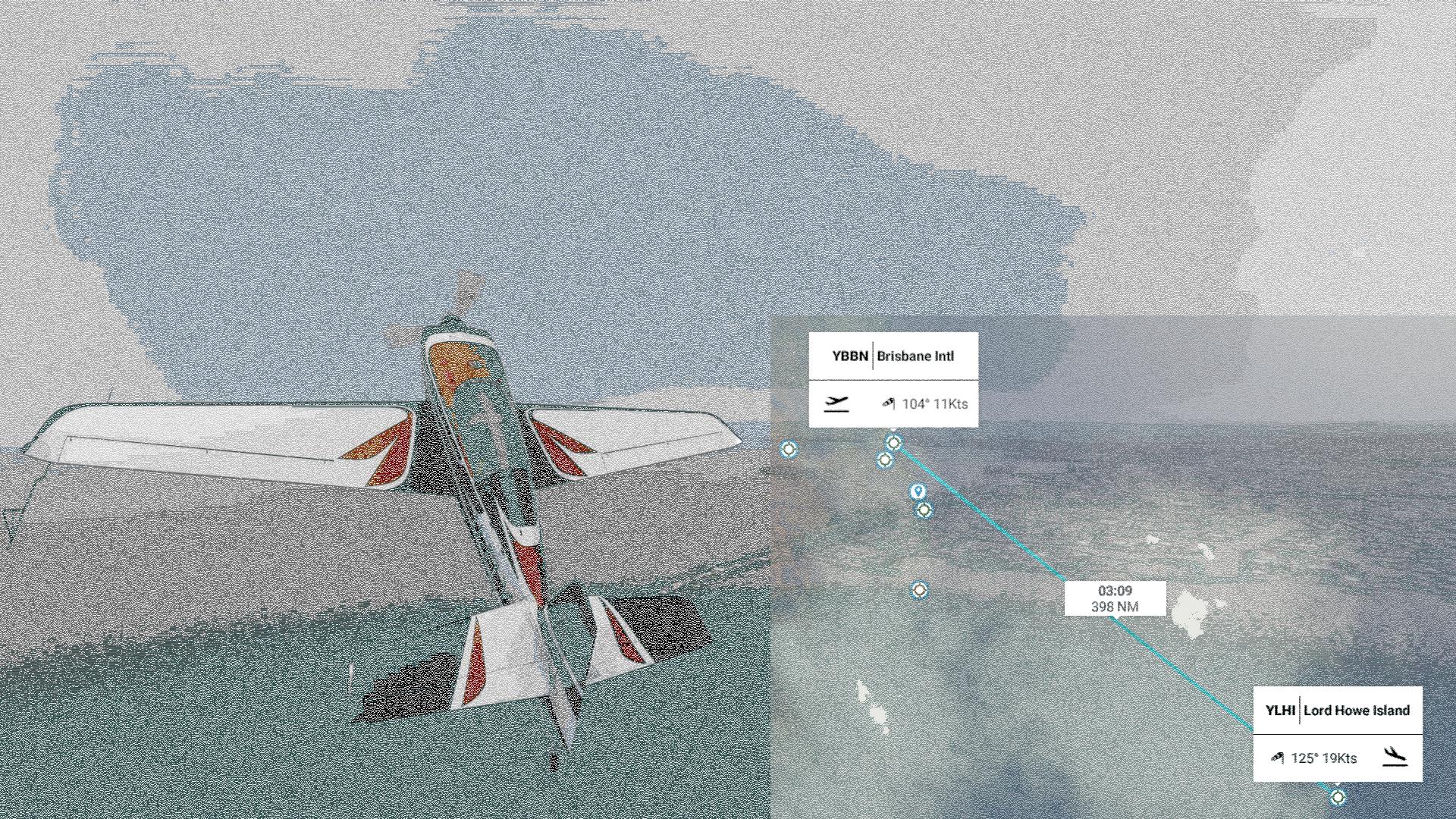
That's it for rainy Brisbane and even Queensland for a while. Today we're heading towards New Zealand by way of New South Wales. There's really only one way to get to Enzed in a light, single engined airplane. That is Lord Howe Island, then Norfolk Island, and then the north tip of New Zealand, the so-called stepping stones. The Stones are not for the faint of heart, nor for people who drive biplanes with around two hours of fuel and no radios to speak of. So I'll have to leave the Pitts in the barn for a while and drive a rental, a brand new decked out Extra 330 with the touring upgrades. Like extra fuel tanks. And autopilot. That'll make the three hours of open ocean between us and Lord Howe Island a little less terrifying.
Lord Howe Island has the distinction of having been true terra nullius back when the British arrived. There was no one there. Never had been. The sea faring people of Polynesia were awesome sailors and there were none braver. Once they had discovered a place then they could unnerringly navigate back and forth between that place and home, using stars and currents and sea birds, maybe even following whales, but the truth is they had no idea where they were going when they set out to find a new place. If they made it anywhere at all it was pure chance. And chance had never taken them to this particular island. So Lord Howe was, in fact, discovered on 17 February 1788 by Lieutenant Henry Ligbird Ball in command of the HMS Supply, which, ironically, was a supply ship. He was on his way from Botany Bay to Norfolk Island, and if you look at Sydney and Norfolk Island on a map, you'll see Lord Howe right smack in the middle of that trip and it was somewhat innevitable that someone would find it.
The first thing that Lt. Ball saw in the vastness of the South Pacific, and the reason he went to check things out, was what he would call Ball's Pyramid, a 551 meter high eroded volcano that looks something like an immense shark fin sticking out of the water. This is around twenty-three km southeast of the main island, which is really a seven million year old extinct shield volcano. In fact there are 28 islands, islets, and just plain rocks, comprising the Lord Howe Island Group, which is itself part of an undersea shelf called the Lord Howe Rise which stretches from New Zealand in the south to New Caledonia in the north, 3,000 km away. This shelf separated from the Australian Plate around the time the dinosaurs disappeared, and is currently part of Zealandia, a largely underwater continent. Lord Howe Island will one day join its underwater neighbours, so if you buy land here consider a 200,000 year lease instead.
Right about the time Lord Howe Island was discovered in 1788 the Pacific whaling industry took off. The island was perfectly situated in the Middle Ground which had a (declining) abundance of sperm and southern right whales. The island already had a bounty of fish and turtles for hungry whalers, and to these stocks were added some pigs and goats. By 1834 it seemed that it would be more efficient to have permanent settlers on the island so that visiting whalers wouldn't have to waste time hunting and what-not, so three men, their Māori wives and children, were settled there and set about having stores on hand such as pigs, goats, onions and other vegetables for any visiting whalers.
In the early days the islanders were host to upwards of twenty ships per year, sometimes stacked up seven at a time waiting to gain access to the dock and its provisions. But the trouble with killing whales is that they are then dead, and whaling went into a bit of a decline. Oddly, when gold was discovered on the mainland in 1850, and sailors would jump overboard while in port to go and strike it rich, the whaling boat industry (if not the actual whaling industry) enjoyed a major boost. Whaler captains would avoid the mainland ports where they were sure to lose the crew, and instead would reprovision exclusively at places like Lord Howe.
But by 1860 it was pretty much all over for the whaling industry. Whale Oil, the major reason for killing whales, could easily be replaced by the much cheaper petroleum oils. Sometimes it was a whole year between ships pulling in for provisions, and it was not feasible to keep stores on hand. To avoid economic ruin the islanders purchased a small ship called the Sylph, which they anchored in Sylph's Hole and used to trade with Sydney. They traded mostly pigs and the Lord Howe Red Onion, a popular onion in the southern hemisphere at the time. But the onions developed smut, and were wiped out. And the boat sank.
In the 1880s it was discovered that the lowland kentia palm, found in abundance on the island, was an ideal exotic plant for well-to-do nobs in Britain, Europe and the U.S. The palm grew in low light, low temperatures and dry air, making it ideal for places such as hotel lobbies. The popularity of their little palm trees was likely a source of humour for the islanders, as the thatch palm, as it was known locally, was only good for thatching roofs. But nonetheless it was and indeed still is a popular export for the island.
And about this time the island was discovered by tourists. There was a tourist boat as early as 1883, but it wasn't until the SS Morinda's regular run in 1932 that tourism took off to the point of being the second largest industry on the island, after kentia palms. And that's about where we're at now.
There are just under four hundred residents of Lord Howe Island. And tourism is capped at four hundred at any one time. This is enforced by having a ban on camping, and a maximum of four hundred guest beds on the entire island. So when you visit the island there will be, at most, eight hundred people there. It is vital that you book your accomodations at the same time as you book your two hour flight from the mainland. One is no good without the other. Accomodations start at $160/night for the Ocean View Apartments, a family run business for the last 100 years. The less budget conscience might enjoy the Arajilla Retreat, starting at $1,380/night during peak season. Generally speaking, accomodations want a minimum stay. So if you show up out of the blue in your own airplane wanting to spend one night you'll get the special rate.
Next stop: Lord Howe Island.
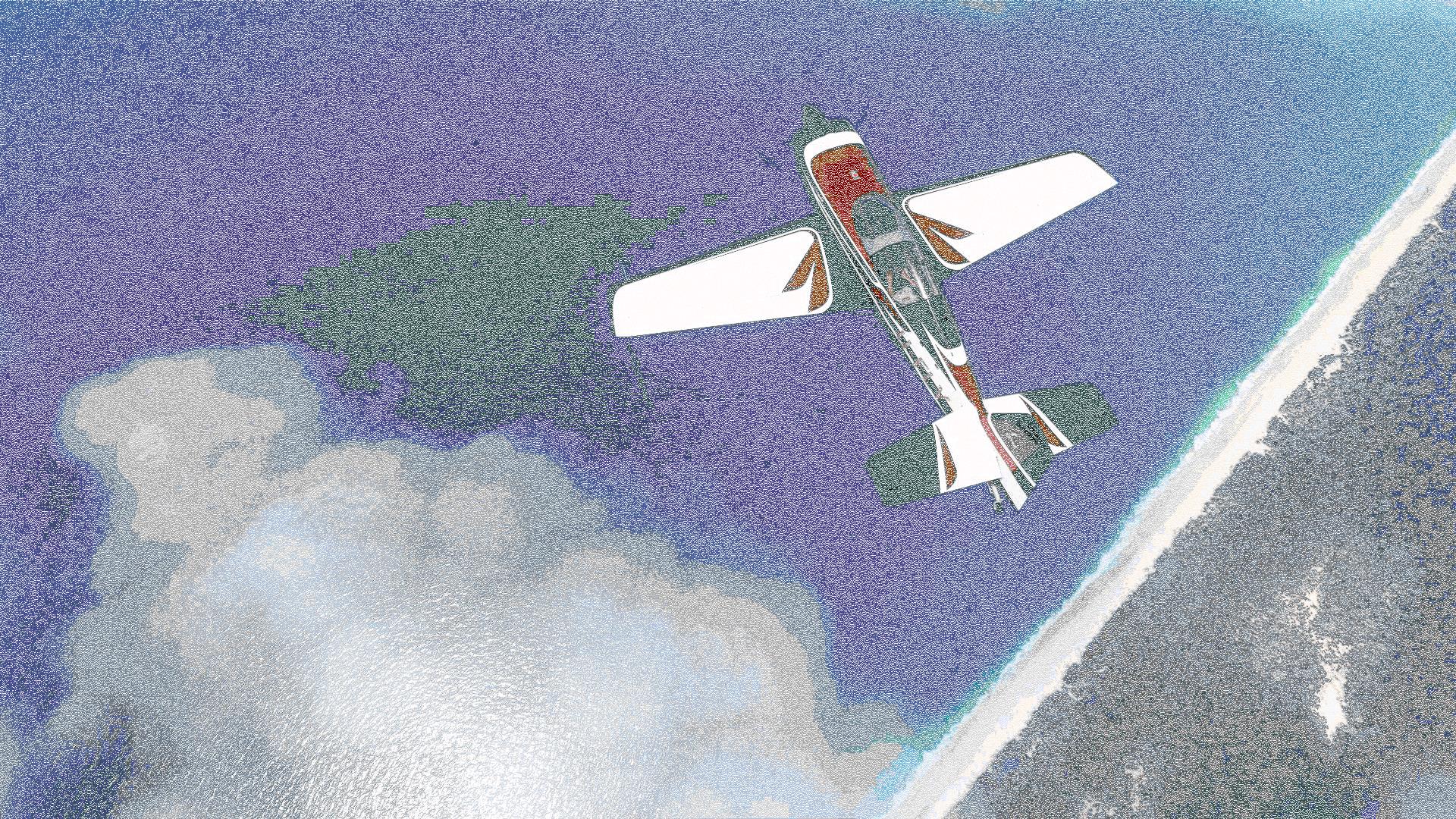 The last we'll see of land for around three hours.
The last we'll see of land for around three hours.
|
And this is how the rest of the flight will go. Thank heavens for autopilot.
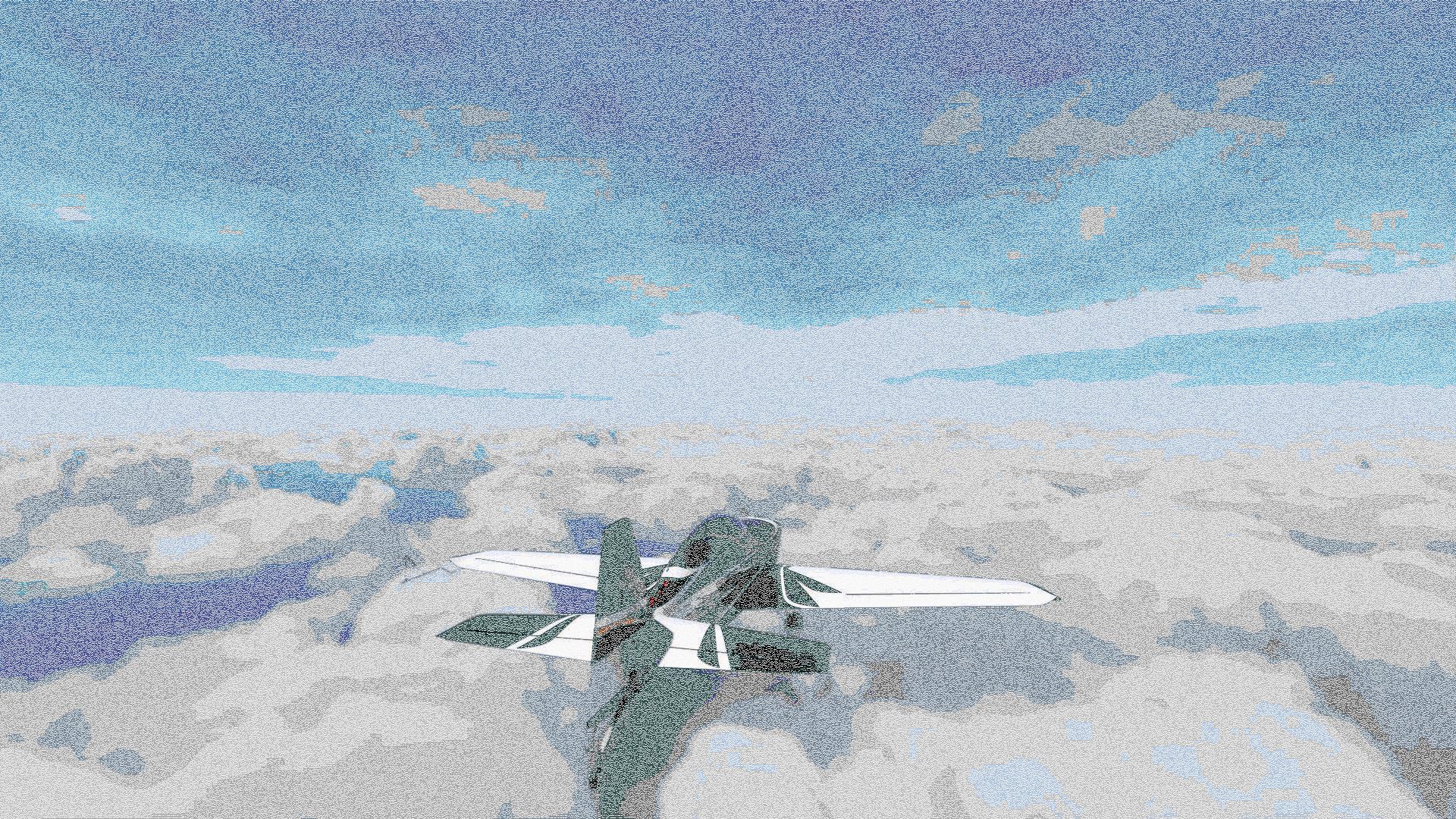 |
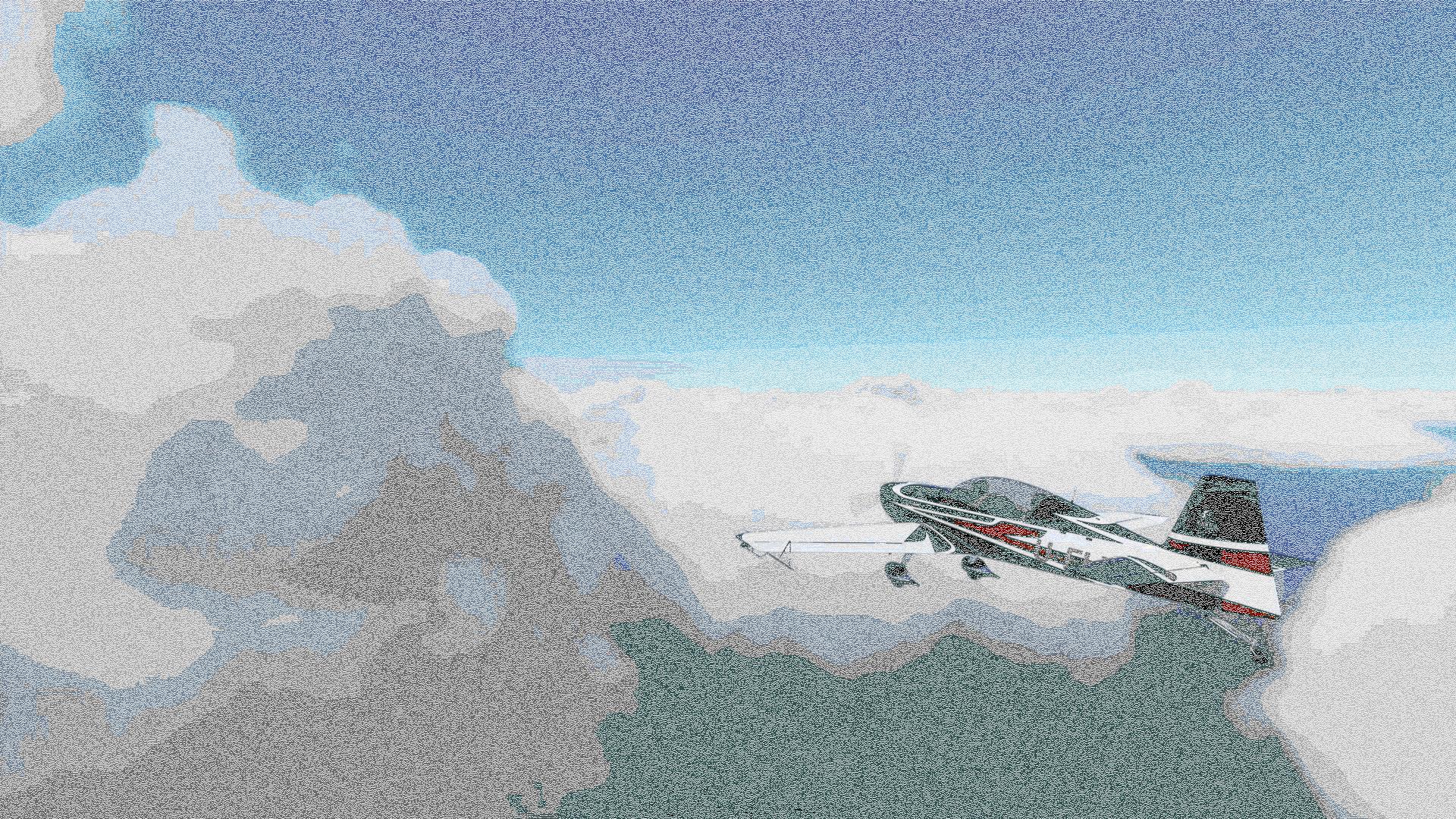 |
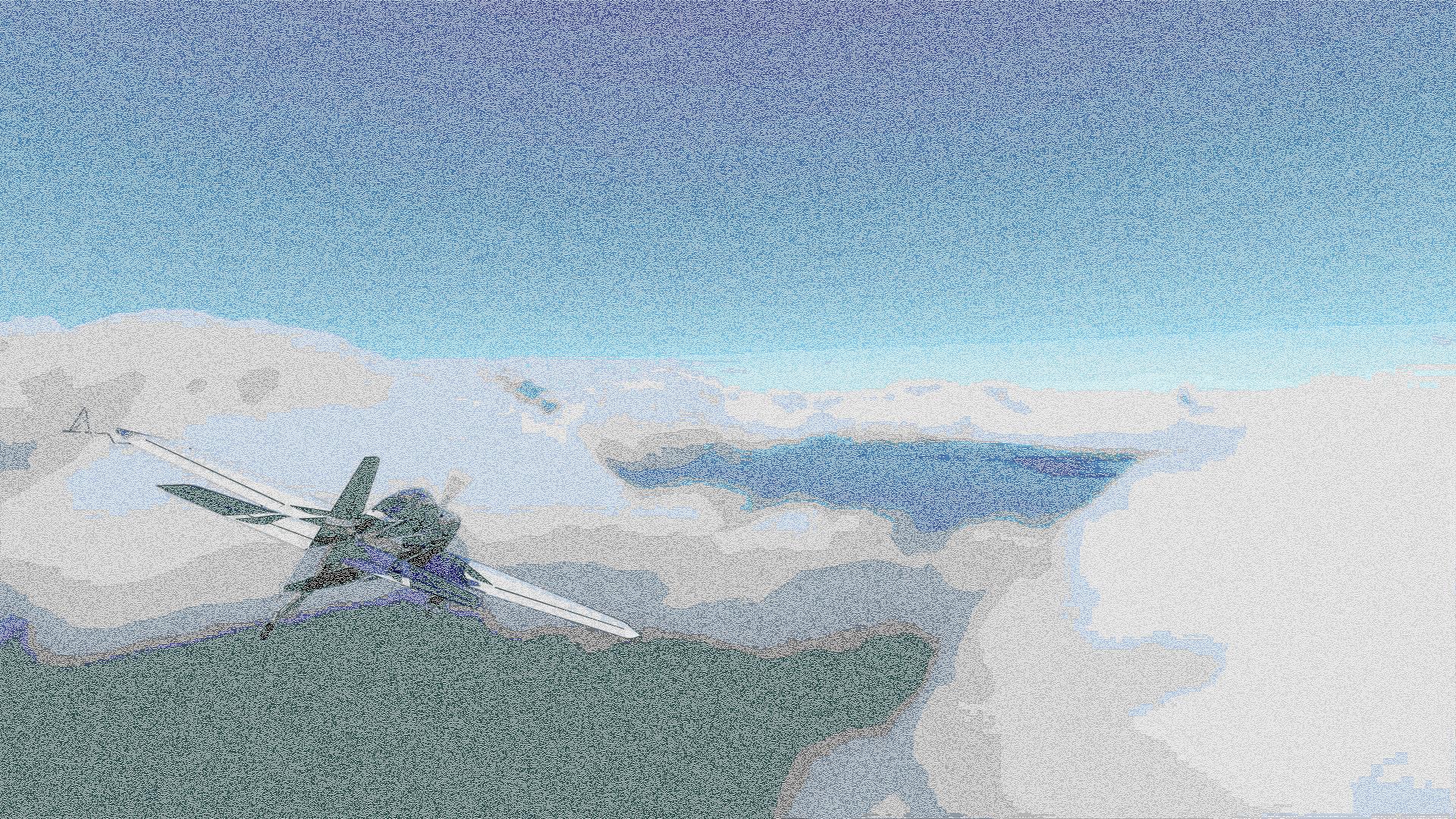 Land ho!
Land ho!
|
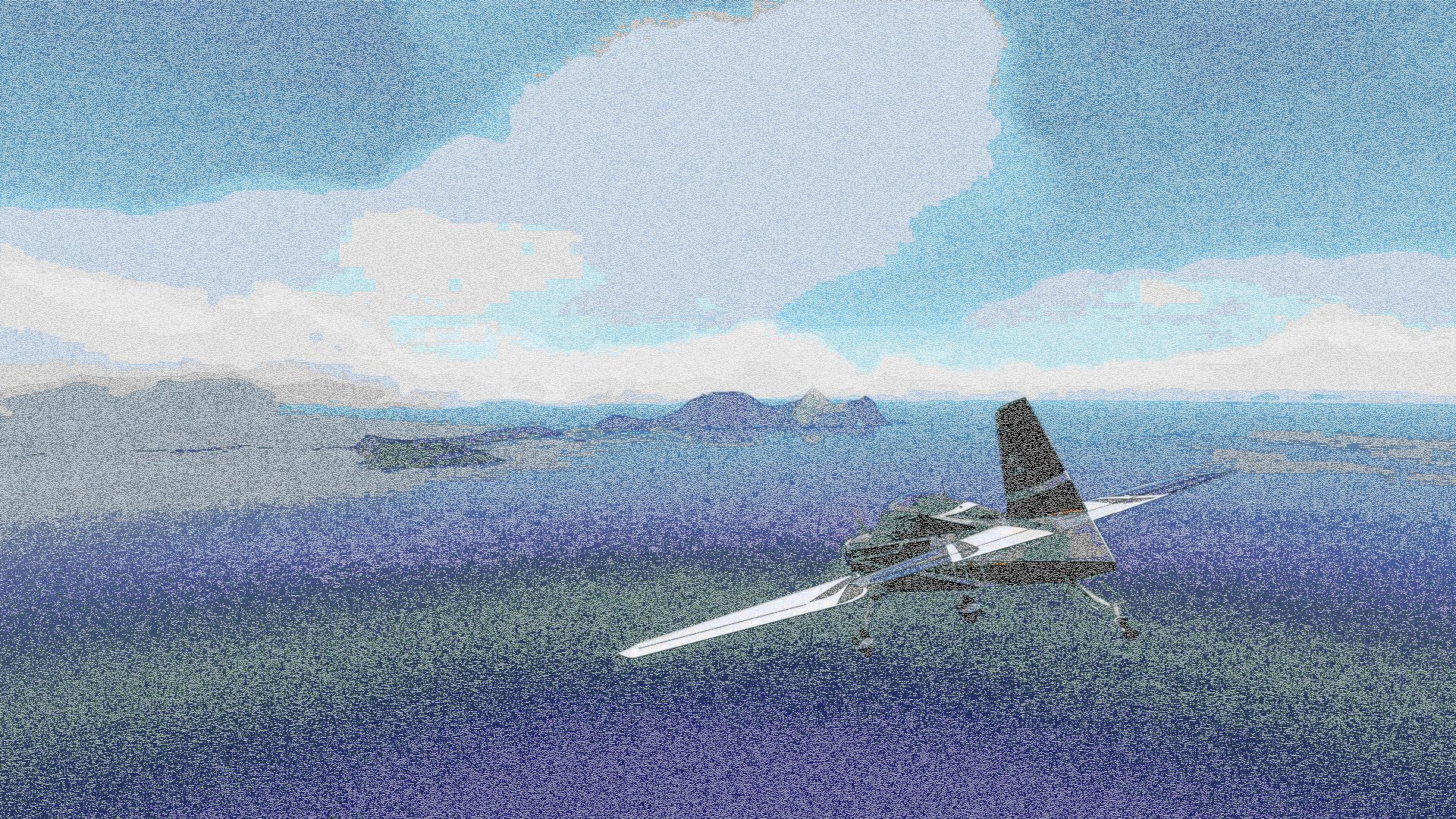 Doesn't look like much from here.
Doesn't look like much from here.
|
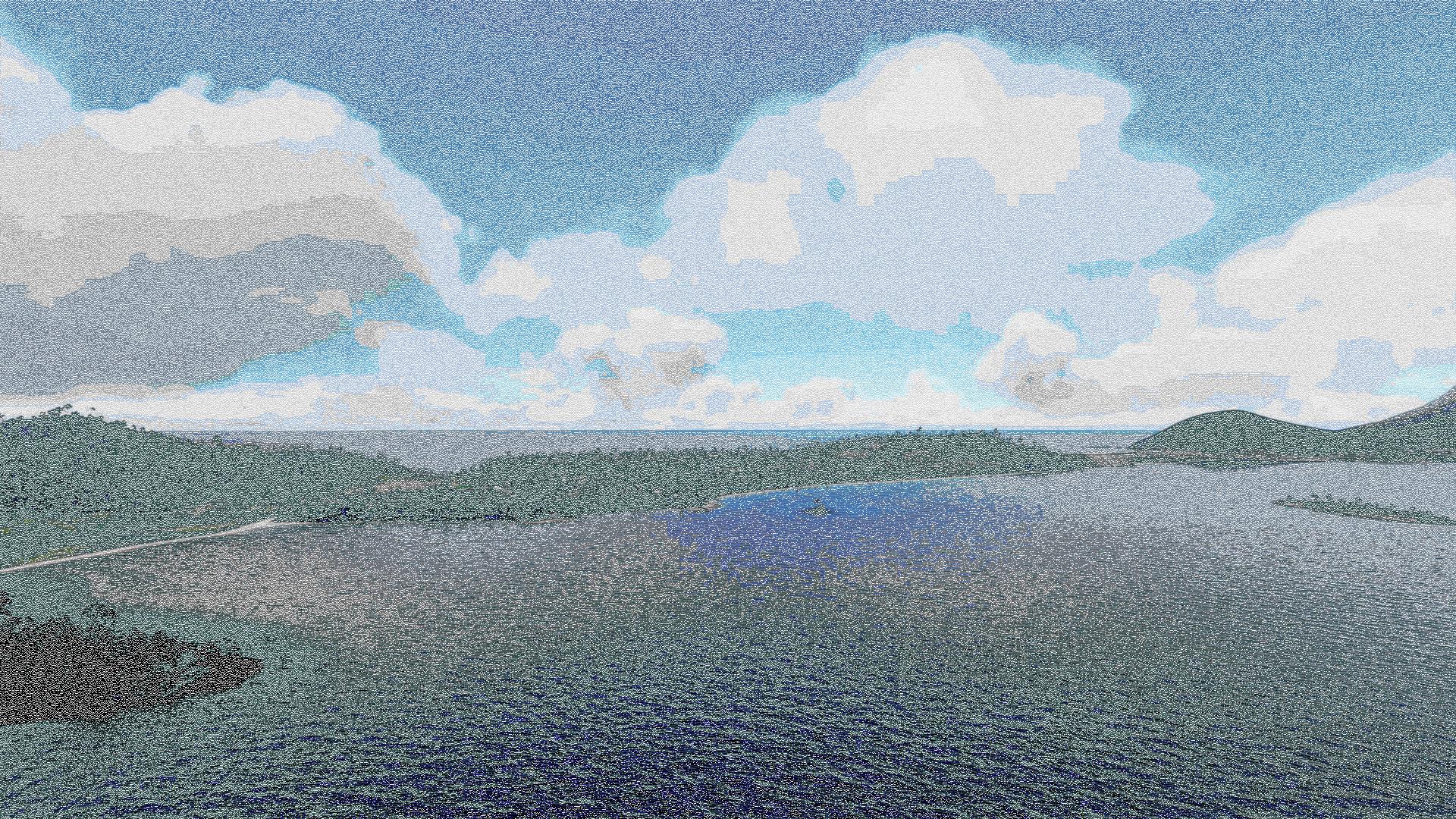 Much prettier up close.
Much prettier up close.
|
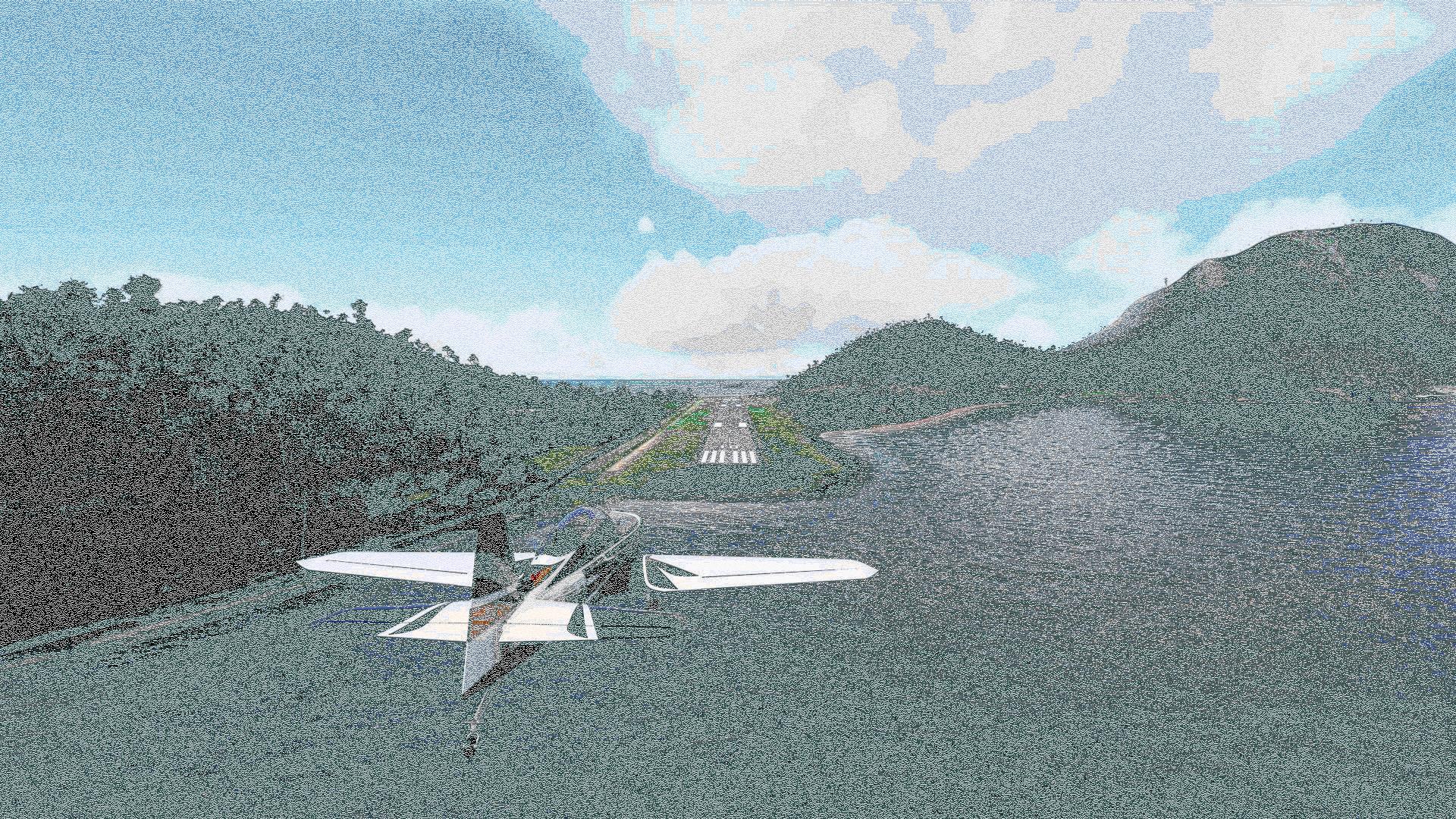 Time to see what you get by way of hotel rooms for $1,200 a night. If you only want one night you take what you get on this island.
Time to see what you get by way of hotel rooms for $1,200 a night. If you only want one night you take what you get on this island.
|